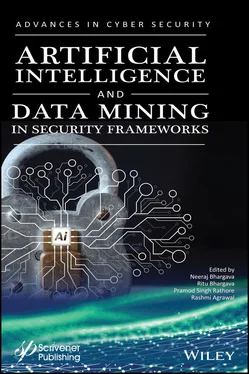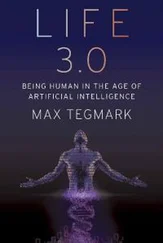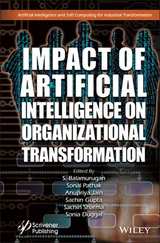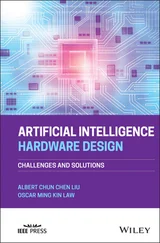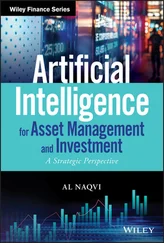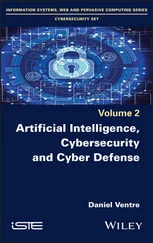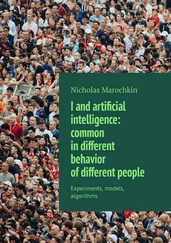Publishers at Scrivener Martin Scrivener ( martin@scrivenerpublishing.com) Phillip Carmical ( pcarmical@scrivenerpublishing.com)
rtificial Intelligence and Data Mining Approaches in Security Frameworks
Edited by
Neeraj Bhargava Ritu BhargavaPramod Singh Rathore Rashmi Agrawal

This edition first published 2021 by John Wiley & Sons, Inc., 111 River Street, Hoboken, NJ 07030, USA and Scrivener Publishing LLC, 100 Cummings Center, Suite 541J, Beverly, MA 01915, USA
© 2021 Scrivener Publishing LLC
For more information about Scrivener publications please visit www.scrivenerpublishing.com.
All rights reserved. No part of this publication may be reproduced, stored in a retrieval system, or transmitted, in any form or by any means, electronic, mechanical, photocopying, recording, or otherwise, except as permitted by law. Advice on how to obtain permission to reuse material from this title is available at http://www.wiley.com/go/permissions.
Wiley Global Headquarters111 River Street, Hoboken, NJ 07030, USA
For details of our global editorial offices, customer services, and more information about Wiley products visit us at www.wiley.com.
Limit of Liability/Disclaimer of WarrantyWhile the publisher and authors have used their best efforts in preparing this work, they make no representations or warranties with respect to the accuracy or completeness of the contents of this work and specifically disclaim all warranties, including without limitation any implied warranties of merchantability or fitness for a particular purpose. No warranty may be created or extended by sales representatives, written sales materials, or promotional statements for this work. The fact that an organization, website, or product is referred to in this work as a citation and/or potential source of further information does not mean that the publisher and authors endorse the information or services the organization, website, or product may provide or recommendations it may make. This work is sold with the understanding that the publisher is not engaged in rendering professional services. The advice and strategies contained herein may not be suitable for your situation. You should consult with a specialist where appropriate. Neither the publisher nor authors shall be liable for any loss of profit or any other commercial damages, including but not limited to special, incidental, consequential, or other damages. Further, readers should be aware that websites listed in this work may have changed or disappeared between when this work was written and when it is read.
Library of Congress Cataloging-in-Publication Data
ISBN 978-1-119-76040-5
Cover image: (Antenna Tower): Carmen Hauser | Dreamstime.comCover design by Kris Hackerott
Set in size of 11pt and Minion Pro by Manila Typesetting Company, Makati, Philippines
Printed in the USA
10 9 8 7 6 5 4 3 2 1
Artificial Intelligence (AI) and data mining not only provide a better understanding of how real-world systems function, but they also enable us to predict system behavior before a system is actually built. They can also accurately analyze systems under varying operating conditions. This book provides comprehensive, state-of-the-art coverage of all the important aspects of modeling and simulating both physical and conceptual systems. Various real-life examples show how simulation plays a key role in understanding real-world systems. We also explained how to effectively use AI and Data Mining techniques to successfully apply the modeling and simulation techniques presented.
After introducing the underlying philosophy of systems, the book offers step-by-step procedures for modeling with practical examples and coding different types of systems using modeling techniques, such as the Pattern Recognition, Automatic Threat detection, Automatic problem solving, etc.
Preparing both undergraduate and graduate students for advanced modeling and simulation courses, this text helps them carry out effective simulation studies. In addition, graduate students should be able to comprehend and conduct AI and Data Mining research after completing this book.
This book is organized into fifteen chapters. In Chapter 1, this Chapter discusses about the cyber security needs that can be addressed by AI techniques. It talks about the traditional approach and how AI can be used to modify the multilayered security mechanism used in companies today. Here we propose a system that adds additional layer of security in order to detect any unwanted intrusion. The ever-expanding danger of digital assaults, cybercrimes, and malware attacks has grown exponentially with evolution of artificial intelligence. Conventional ways of cyber-attacks have now taken a turning point, consequently, the attackers resort to more intelligent ways.
In Chapter 2, we have tried to show the power of intrusion detection is the most important application of data mining by applying different data mining techniques to detect it effectively and report the same in actual time so that essential and required arrangements can be made to stop the efforts made by the trespassery.
In Chapter 3, we have explained about how Artificial Intelligence (AI) is a popular expression in the digital world. It is as yet a creating science in various features as indicated by the difficulties tossed by 21st century. Usage of artificial intelligence has gotten undefined from human life. Nowadays one can’t imagine a world without AI as it has a ton of gigantic impact on human life. The essential objective of artificial intelligence is to develop the advancement based activities which addresses the human data in order to handle issues. Basically artificial intelligence is examination of how an individual think, work, learn and pick in any circumstance of life, whether or not it may be related to basic reasoning or learning new things or thinking equitably or to appear at an answer, etc.
In Chapter 4, we have explained further proposed a botnet identification version using optics algorithm that hopes to effectively discover botnets and perceive the type botnet detected by way of addition of latest feature; incorporation of changed traces to pinpoint supply IP of bot master, identification of existence of the kind of services the botnets have get right of entry to to are areas the proposed solution will cater for.
In Chapter 5, we have explained about models basically ‘learns’ from experience with respect to some task and are capable of finding ‘commonality’ in many different observations. This study discusses various methods of spam filtering using existing Artificial Intelligence techniques and compares their strengths and limitations.
In Chapter 6, we have explained about how as artificial intelligence people in general to improve, there are risks associated with their utilization, set up in functioning frameworks, tools, calculations, framework the executives, morals and duty, and privacy. The study focuses around the risks and threats of computerized reasoning and how AI can help comprehend network safety or areas of cyber security issues.
In Chapter 7, we have explained about problem to make privacy in multi-tenant in the single framework. For that problem we use the artificial intelligence concept to improve the security and privacy concept in multitenant based system. Using Artificial intelligence the privacy and security concept make strong because in artificial intelligence work as intelligent human or animal mind it make maximum changes to fulfill the requirement of the concept to achieve the goal. In this chapter describes the issues of privacy and security problems in multi tenancy.
Читать дальше
